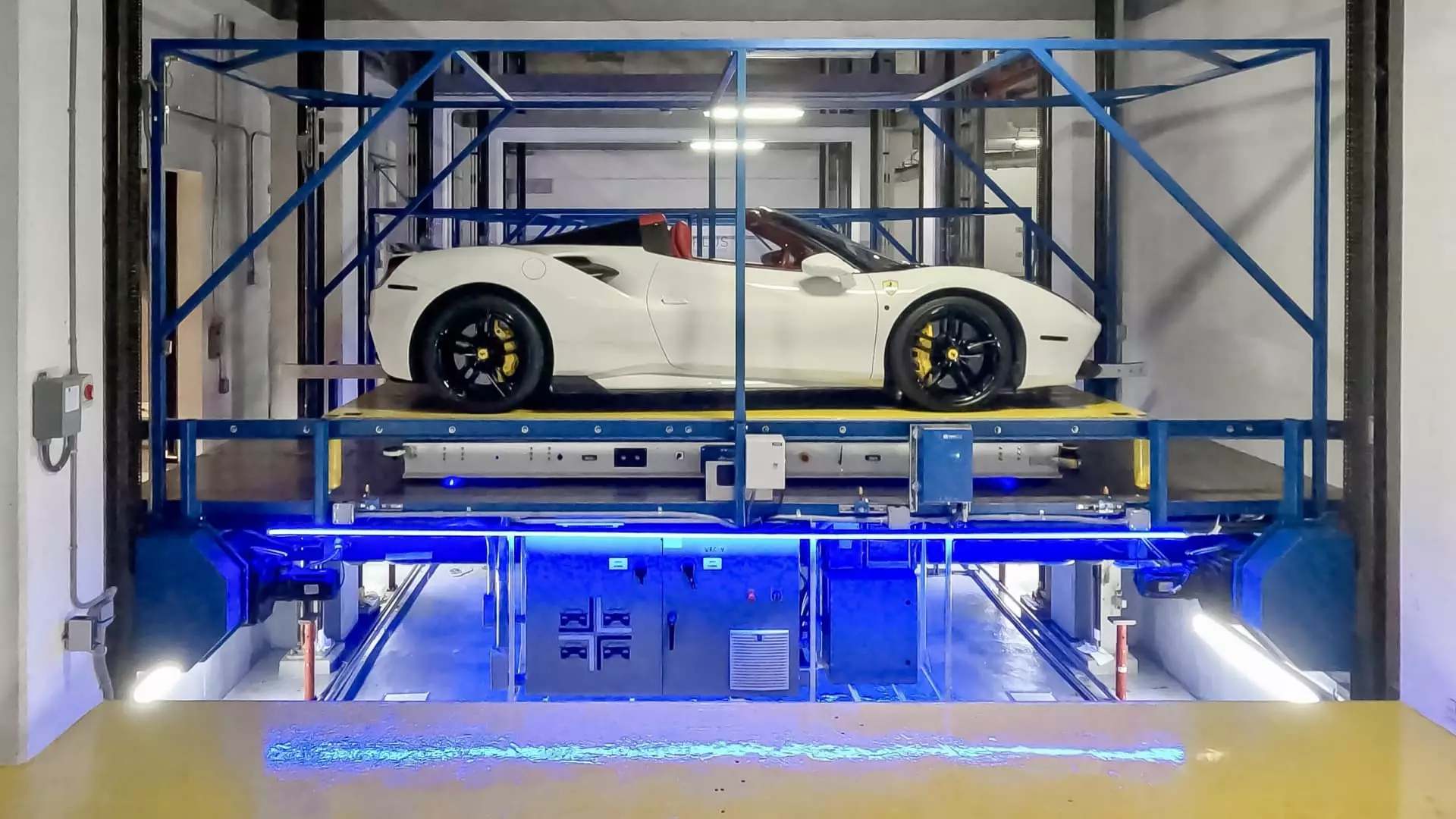As cities become increasingly congested and urban land becomes more precious, innovative solutions are being deployed to address mounting parking woes. The Brickell House in Miami exemplifies this paradigm shift, housing a state-of-the-art automated parking system that enhances urban living for its residents. This 46-story luxury condominium integrates technology unusually, with a 13-level garage operated by robots, creating a seamless experience that eliminates the traditional hassles of parking. Residents simply pull into one of five drive-up bays, allowing the robotic valets to take over, effectively parking their vehicles without the need for human intervention.
This transformation in parking solutions is gaining traction among high-end real estate developments across metropolitan areas including New York, which leads a growing trend toward automation. Indeed, parking has turned into a luxury feature in real estate transactions, with prices for coveted parking spots in major cities rising to hundreds of thousands of dollars. A case in point includes a stunning five-bedroom penthouse at Brickell House carrying a $15 million price tag, which astonishingly includes access to five distinct parking spots managed by this futuristic automated system.
The rise of automated parking systems is not just about convenience; it is reflective of a broader trend within the smart parking market. Valued at $6.5 billion in 2021, this market is projected to expand exponentially, reaching an astounding $30.16 billion by 2030. A significant share of this phenomenal growth is attributed to North American urban centers, where the demand for sophisticated parking facilities is surging, driven primarily by luxury residential projects. Unlike standard solutions adopted in car dealerships or hospitals, which might deploy simpler mechanical systems, Brickell House features an advanced setup designed to maximize efficiency and space.
At Brickell House, 29 automated guidance vehicles (AGVs) manage the intricate maze of steel and concrete, displaying a dynamic adaptability that is still a wonder to behold. Each AGV is equipped with high-tech features including visual systems, lifts, and lasers that enable them to expertly park and retrieve vehicles. Moreover, their engineering allows them to maneuver under cars for effortless transport, illustrating impressive design sophistication that cuts human error out of the equation.
The operational efficiency of the Brickell House’s garage is remarkable. Vehicles can travel from the designated entry to their parking spots in mere minutes, showcasing the system’s refined expedience. During a demonstration, a Ferrari 488 Spider was shown relocating from the ninth level to a ground-level bay in under four minutes, illustrating not just speed but an exceptional level of control.
The AGVs also significantly lower the space requirement associated with traditional parking. These robots can maneuver vehicles into spots with a mere two inches of clearance between them. By eliminating the need for driving lanes and ramps, developers can utilize the footprint of a parking garage three times more effectively than conventional designs would allow. This transformation not only optimizes the valuable real estate but could also lead to increased residential unit availability, fulfilling a pressing demand in urban settings.
While the automated parking concept at Brickell House appears to be an innovative leap, its path has not been entirely without complications. Historical incidents surrounding failure in automated garages, such as a previous system at Brickell House that trapped cars and led to a lengthy investigation, serve as cautionary tales about automation’s teething problems. These challenges underscore the inherent risks associated with introducing cutting-edge technology into residential spaces.
Furthermore, high-profile lawsuits, like that of Palmer Luckey, reveal the sometimes lurking dangers associated with automated systems. Luckey’s case highlights the importance of reliability, especially since the luxury market demands not just aesthetics but uncompromised functionality. Such incidents draw attention to the necessity for rigorous testing and ongoing maintenance to ensure safety and accountability, qualities intrinsic to the success of automation in residential parking facilities.
In essence, the automated parking system at Brickell House symbolizes an evolving landscape in urban living. It represents a synthesis of technology and design that fulfills the demands of contemporary city dwellers while also pushing the envelope in real estate development. As the smart parking market continues its upward trajectory, features like those in Miami’s luxury condos are likely to shape the future of urban architecture, marking a shift in how we perceive and engage with public and private space as cities become more technologically integrated.

